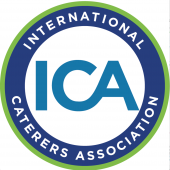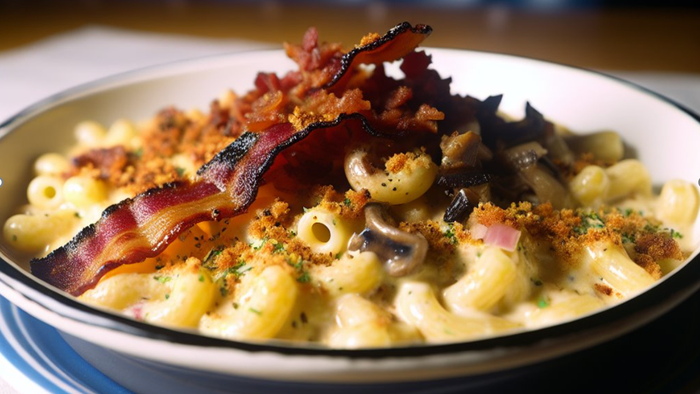2015 catering industry benchmarks2015 catering industry benchmarks
2015 catering industry benchmarks
January 14, 2016

At the end of last year, 115 ICA caterers filled out a survey detailing their companies’ experiences in 2015, including employee statistics, whether business was up or down, if they thought business would increase or decrease in 2016, most popular type of event, biggest revenue stream, most requested type of cuisine, and dozens more.
Throughout the year, we are going to use this benchmark industry data to help you compare your own catering company to over a hundred others across all parts of the country.
In fact, we have an entire article dedicated to the statistics we’ve discovered that you can view on the Catersource website, called How Do You Compare?
Now, let’s talk numbers!
Biggest growing segment of business
43.24 percent of caterers said their biggest area of growth in 2015 was in corporate sales. Weddings came close behind at 36.04 percent.
What does this tell us?
When corporate business is up, the economy is up. After a few challenging years, the growth (or comeback) in corporate business is a welcome sign that caterers can expect a good year ahead.
Speaking of good years ahead, 92.92 percent of these 115 caterers expect business to increase in 2016.

Most popular event types
One of the biggest growths in requested food styles has been food stations, with more caterers providing more food stations than ever before.
It wasn’t enough, however, to dethrone buffets as the most popular event type, with nearly half of all caterers claiming buffets as their most requested service.

Most frequently accommodated dietary restrictions
It should come as no surprise that 100 percent of caterers who responded to our survey accommodate vegetarian requests.
What might be surprising, however, are the next most frequently accommodated dietary restrictions, including gluten-free at 94 percent, vegan at 89 percent, dairy-free at 83 percent and peanut-free at 80 percent.
With growing knowledge of and experience with food allergies, sensitivities, intolerances, and preferences, restrictions that once were only well-known throughout the food industry have now become common knowledge, many of which have become more popular practice and preference.
People have also been much more willing to inquire about accommodations for certain dietary restrictions, which has compelled our industry to remain vigilant in discovering delicious menu options for everyone.

See more trends, benchmarks, statistics, and information specific to your industry on our website and compare your stats to the entire country!







